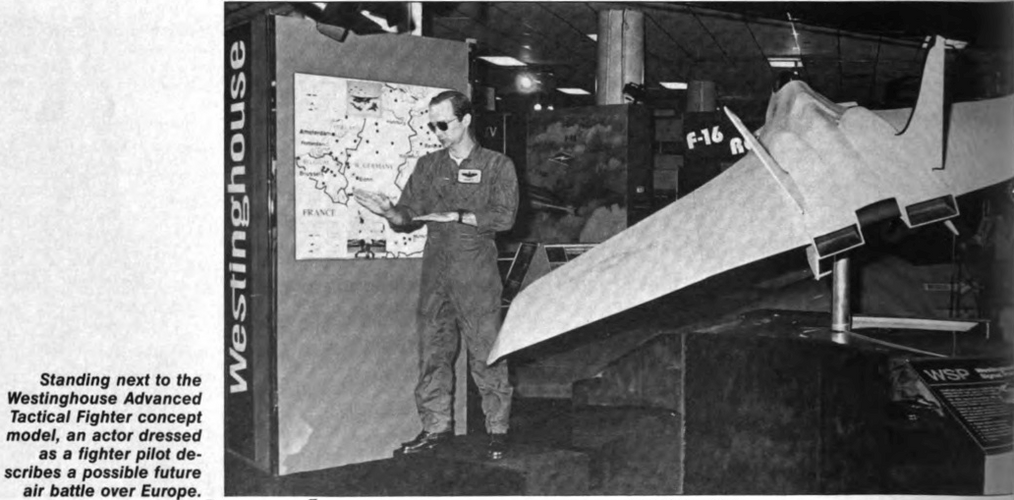- Joined
- 27 December 2005
- Messages
- 16,925
- Reaction score
- 21,798
Here's some references for early US ATF project information. Its culled from a TsAGI technical bulletin, an open-source roundup of ATF information circa 1984.
Sources
Sources
- Aerospace Daily, 1982, V.117, 3/IX, N3, p17
- Aerospace Daily, 1982, V.117, 27/IX, N18, p139
- AIAA Student Journal, 1982, V.20, N3, p2
- "Future Fighters for the US Airforce" International Defence Review, 1983, V.16, N2, p165-174
- AWST, 1983, V.119, 28/XI, N22, p44
- Aerospace Daily, 1983, V.120, 17/III, N13, p97
- AWST, 1983, V.119, 7/XI, N19, p44
- Interavia Aerospace Review, 1981, v.36, 1, N1, p19
- Flug-Revue Flugwelt, 1981, N4, p4
- AWST, 1981, V114, 30/III, N13, p15
- Flight International, 1982, v121, 6/II, N3796, p.291
- AWST, 1981, V114, 15/VI, N24, p87
- Flight International, 1982, v122, 17/VII, N3819, p.123
- Koku-fan, 1984, I, N1, p67-69
- Interavia Aerospace Review, 1983, v.38, VI, N6, p583
- Paris Air Daily, 1983, 30/V, p.27
- AWST, 1978, V108, 10/IV, N15, p46
- Flight International, 1983, v123, 11/VI, N3866, p.1732
- Aerospace Daily, 1983, V.122, 28/VII, N19, p252
- AWST, 1983, V119, 12/IX, N11, p52
- Interavia Air Letter, 1983, 14/XII, N10404, p5
- Interavia Air Letter, 1983, 21/XII, N10408, p4
- Flight International, 1983, v124, 15/X, N3884, p.992-993
- Flight International, 1983, v123, 15/I, N3845, p.141
- Jane's Defence Weekly, 1984, V1, 11/II, N7 p192
- Interavia Air Letter, 1983, 19/IX, N10342, p1-2
- AWST, 1983, V119, 10/X, N15, p30
- Flight International, 1983, v124, 10/XII, N3892, p.1516
- Interavia Air Letter, 1983, 22/VI, N10281, p4
- Interavia Air Letter, 1983, 21/XI, N10387, p4
- Aerospace Daily, 1983, V.123, 3/X, N22, p172
- AWST, 1983, V119, 10/X, N15, p28
- Aerospace Daily, 1982, V.114, 29/III, N21, p164
- AWST, 1984, V120, 13/II, N7, p160
- Kinnucan, P. Superfighters, High Technology, 1984, V4, IV, N4, p36-48




























